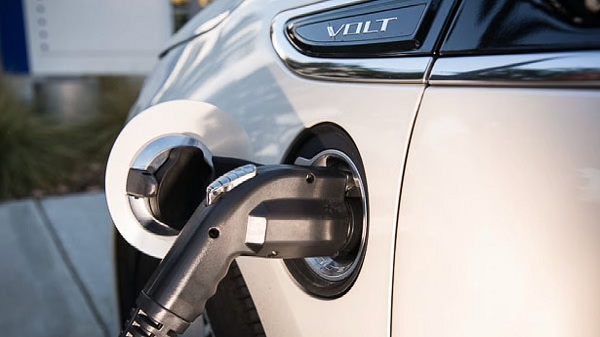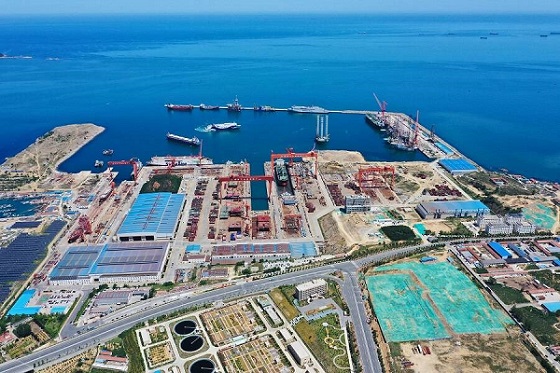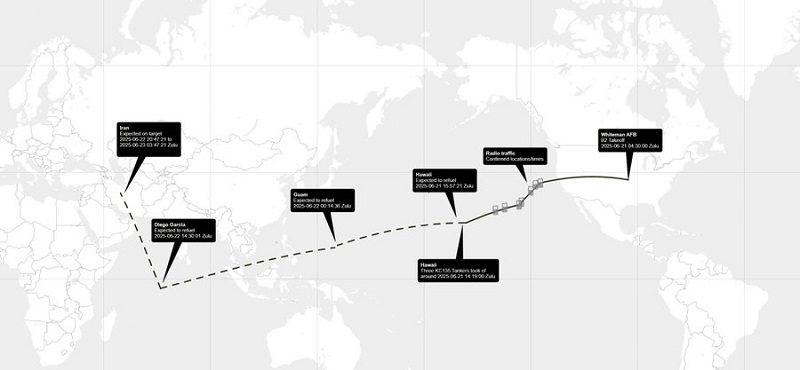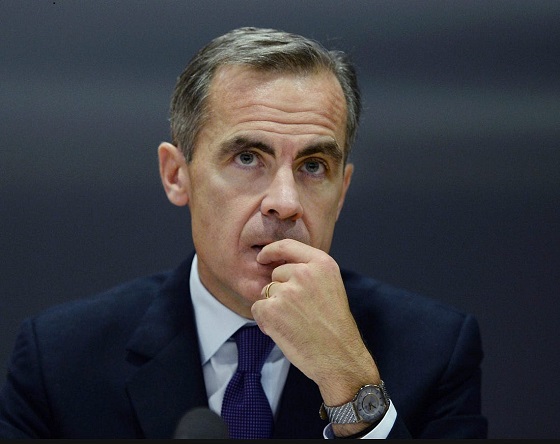Alberta
Alberta First needs 270,000 Albertans to sign petition, initiate referendum on Pension Plan
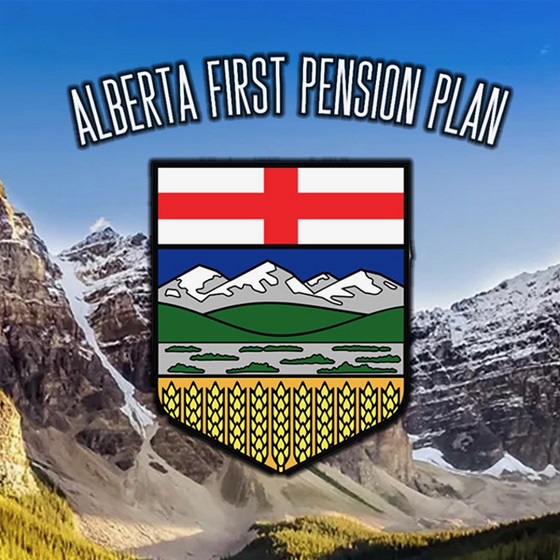
New release from Alberta First
The cost of running the CPP has increased a thousandfold since 2000. In 2000, costs were 4 million dollars; currently, they amount to 4.4 billion dollars.
Every Albertan can play a part in ensuring prosperity for generations to come.The Alberta First Pension Plan team strongly believes that the Alberta Pension Plan is a sensible choice. This belief comes after extensive discussions with thousands of Albertans and a deep understanding of the law and the facts. Our responsibility is to ensure that this understanding is shared with every voting Albertan. The Alberta Pension Plan has been a topic of debate, with supporters and opponents expressing their opinions on its potential impact. As a team of dedicated Albertans, the Alberta First Pension Plan team, guided by numerous esteemed professionals across the province, is committed to providing the facts to all Albertans. We support the idea that establishing an Alberta Pension Plan would give Alberta more control and independence over managing the investment funds and the ability to cut the high management fees Canadians pay to the CPP Investment Board. It has the potential to offer greater benefits and lower contributions than the existing Canada Pension Plan. An Alberta Pension Plan would address the unique needs of Albertans and contribute to economic development and financial security. To find reports, videos, and information on the Alberta Pension Plan, you can CLICK HERE. Many who oppose it are worried about the costs and complexities of setting up a separate pension plan for Alberta. They fear higher fees and lower benefits for Albertans than the Canada Pension Plan. Additionally, they are concerned about the economic impact and, most importantly, the Alberta government’s potential interference in fund management. It is essential to consider both perspectives when comparing the Alberta Pension Plan with the Canada Pension Plan. This allows Albertans to make an informed decision. While there are valid concerns, citizens can address these by staying actively involved and acting as watchdogs over the provincial government. Here are the top three concerns regarding moving to an Alberta Pension Plan: “Higher costs to manage an Alberta Penson Plan” Alberta is home to some of the most competent individuals in the financial industry. To ensure cost-effective management, Alberta could consider adopting several models from around the world. The cost of running the CPP has increased a thousandfold since 2000. In 2000, costs were 4 million dollars; currently, they amount to 4.4 billion dollars. “My benefits will be negatively affected.” As per the CPP Act, Section 3 (1), residents of Alberta must receive, at minimum, the same benefit they received under the CPP for a province to withdraw and create their own. “The Alberta Government will mismanage the fund.” The fear of the government mismanaging money is a valid concern. As Albertans, we must ensure that the Alberta Pension Plan is managed independently, with the sole mandate of maximizing profit and mitigating risk to the fund. We must be vocal and involved in the decision-making process to shape the future of our pension system. What do we need to do?Our first step is to initiate a referendum. The Alberta Government will only proceed with the referendum if there is significant support from Albertans.
This will mark an outstanding achievement, demonstrating Albertans’ determination to secure a prosperous future for all generations.
OUR PENSION! OUR CHOICE! |
|
|
|
|
Alberta
The permanent CO2 storage site at the end of the Alberta Carbon Trunk Line is just getting started

Wells at the Clive carbon capture, utilization and storage project near Red Deer, Alta. Photo courtesy Enhance Energy
From the Canadian Energy Centre
Inside Clive, a model for reducing emissions while adding value in Alberta
It’s a bright spring day on a stretch of rolling farmland just northeast of Red Deer. It’s quiet, but for the wind rushing through the grass and the soft crunch of gravel underfoot.
The unassuming wellheads spaced widely across the landscape give little hint of the significance of what is happening underground.
In just five years, this site has locked away more than 6.5 million tonnes of CO₂ — equivalent to the annual emissions of about 1.5 million cars — stored nearly four CN Towers deep beneath the surface.
The CO₂ injection has not only reduced emissions but also breathed life into an oilfield that was heading for abandonment, generating jobs, economic activity and government revenue that would have otherwise been lost.
This is Clive, the endpoint of one of Canada’s largest carbon capture, utilization and storage (CCUS) projects. And it’s just getting started.
Rooted in Alberta’s first oil boom
Clive’s history ties to Alberta’s first oil boom, with the field discovered in 1952 along the same geological trend as the legendary 1947 Leduc No. 1 gusher near Edmonton.
“The Clive field was discovered in the 1950s as really a follow-up to Leduc No. 1. This is, call it, Leduc No. 4,” said Chris Kupchenko, president of Enhance Energy, which now operates the Clive field.
Over the last 70 years Clive has produced about 70 million barrels of the site’s 130 million barrels of original oil in place, leaving enough energy behind to fuel six million gasoline-powered vehicles for one year.
“By the late 1990s and early 2000s, production had gone almost to zero,” said Candice Paton, Enhance’s vice-president of corporate affairs.
“There was resource left in the reservoir, but it would have been uneconomic to recover it.”
Gearing up for CO2
Calgary-based Enhance bought Clive in 2013 and kept it running despite high operating costs because of a major CO2 opportunity the company was developing on the horizon.
In 2008, Enhance and North West Redwater Partnership had launched development of the Alberta Carbon Trunk Line (ACTL), one of the world’s largest CO2 transportation systems.
Wolf Midstream joined the project in 2018 as the pipeline’s owner and operator.
Completed in 2020, the groundbreaking $1.2 billion project — supported by the governments of Canada and Alberta — connects carbon captured at industrial sites near Edmonton to the Clive facility.
“With CO2 we’re able to revitalize some of these fields, continue to produce some of the resource that was left behind and permanently store CO2 emissions,” Paton said.
An oversized pipeline on purpose
Each year, about 1.6 million tonnes of CO2 captured at the NWR Sturgeon Refinery and Nutrien Redwater fertilizer facility near Fort Saskatchewan travels down the trunk line to Clive.
In a unique twist, that is only about 10 per cent of the pipeline’s available space. The project partners intentionally built it with room to grow.
“We have a lot of excess capacity. The vision behind the pipe was, let’s remove barriers for the future,” Kupchenko said.
The Alberta government-supported goal was to expand CCS in the province, said James Fann, CEO of the Regina-based International CCS Knowledge Centre.
“They did it on purpose. The size of the infrastructure project creates the opportunity for other emitters to build capture projects along the way,” he said.

CO2 captured at the Sturgeon Refinery near Edmonton is transported by the Alberta Carbon Trunk Line to the Clive project. Photo courtesy North West Redwater Partnership
Extending the value of aging assets
Building more CCUS projects like Clive that incorporate enhanced oil recovery (EOR) is a model for extending the economic value of aging oil and gas fields in Alberta, Kupchenko said.
“EOR can be thought of as redeveloping real estate,” he said.
“Take an inner-city lot with a 700-square-foot house on it. The bad thing is there’s a 100-year-old house that has to be torn down. But the great thing is there’s a road to it. There’s power to it, there’s a sewer connection, there’s water, there’s all the things.
“That’s what this is. We’re redeveloping a field that was discovered 70 years ago and has at least 30 more years of life.”
The 180 existing wellbores are also all assets, Kupchenko said.
“They may not all be producing oil or injecting CO2, but every one of them is used. They are our eyes into the reservoir.”

CO2 injection well at the Clive carbon capture, utilization and storage project. Photo for the Canadian Energy Centre
Alberta’s ‘beautiful’ CCUS geology
The existing wells are an important part of measurement, monitoring and verification (MMV) at Clive.
The Alberta Energy Regulator requires CCUS projects to implement a comprehensive MMV program to assess storage performance and demonstrate the long-term safety and security of CO₂.
Katherine Romanak, a subsurface CCUS specialist at the University of Texas at Austin, said that her nearly 20 years of global research indicate the process is safe.
“There’s never been a leak of CO2 from a storage site,” she said.
Alberta’s geology is particularly suitable for CCUS, with permanent storage potential estimated at more than 100 billion tonnes.
“The geology is beautiful,” Romanak said.
“It’s the thickest reservoir rocks you’ve ever seen. It’s really good injectivity, porosity and permeability, and the confining layers are crazy thick.”
CO2-EOR gaining prominence
The extra capacity on the ACTL pipeline offers a key opportunity to capitalize on storage potential while addressing aging oil and gas fields, according to the Alberta government’s Mature Asset Strategy, released earlier this year.
The report says expanding CCUS to EOR could attract investment, cut emissions and encourage producers to reinvest in existing properties — instead of abandoning them.
However, this opportunity is limited by federal policy.
Ottawa’s CCUS Investment Tax Credit, which became available in June 2024, does not apply to EOR projects.
“Often people will equate EOR with a project that doesn’t store CO2 permanently,” Kupchenko said.
“We like to always make sure that people understand that every ton of CO2 that enters this project is permanently sequestered. And we take great effort into storing that CO2.”
The International Energy Forum — representing energy ministers from nearly 70 countries including Canada, the U.S., China, India, Norway, and Saudi Arabia — says CO₂-based EOR is gaining prominence as a carbon sequestration tool.
The technology can “transform a traditional oil recovery method into a key pillar of energy security and climate strategy,” according to a June 2025 IEF report.
Tapping into more opportunity
In Central Alberta, Enhance Energy is advancing a new permanent CO2 storage project called Origins that is designed to revitalize additional aging oil and gas fields while reducing emissions, using the ACTL pipeline.
“Origins is a hub that’s going to enable larger scale EOR development,” Kupchenko said.
“There’s at least 10 times more oil in place in this area.”
Meanwhile, Wolf Midstream is extending the pipeline further into the Edmonton region to transport more CO2 captured from additional industrial facilities.
Alberta
Alberta Next Takes A Look At Alberta Provincial Police Force

News release from Alberta Next
Let’s talk about the option of creating an Alberta Police Service to take over community policing from the RCMP.
This video outlines both the positives and challenges with the idea – but the Alberta Next Panel wants to hear your view on it.
Hope to see you at an upcoming town hall! For more information please visit at www.Alberta.ca/next
-

 Alberta2 days ago
Alberta2 days agoSo Alberta, what’s next?
-

 Bjorn Lomborg2 days ago
Bjorn Lomborg2 days agoThe Physics Behind The Spanish Blackout
-

 Business2 days ago
Business2 days agoWhile China Hacks Canada, B.C. Sends Them a Billion-Dollar Ship Building Contract
-

 Health2 days ago
Health2 days ago‘Transgender’ males have 51% higher death rate than general population: study
-

 COVID-1917 hours ago
COVID-1917 hours agoOntario man launches new challenge against province’s latest attempt to ban free expression on roadside billboards
-

 Business18 hours ago
Business18 hours agoFederal government should finally cut Trudeau-era red tape
-

 Alberta17 hours ago
Alberta17 hours agoCanadian Oil Sands Production Expected to Reach All-time Highs this Year Despite Lower Oil Prices
-
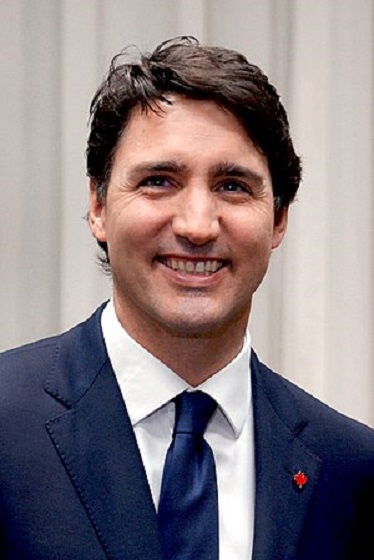
 Business21 hours ago
Business21 hours agoTaxpayers Federation presents Teddy Waste Awards for worst government waste





